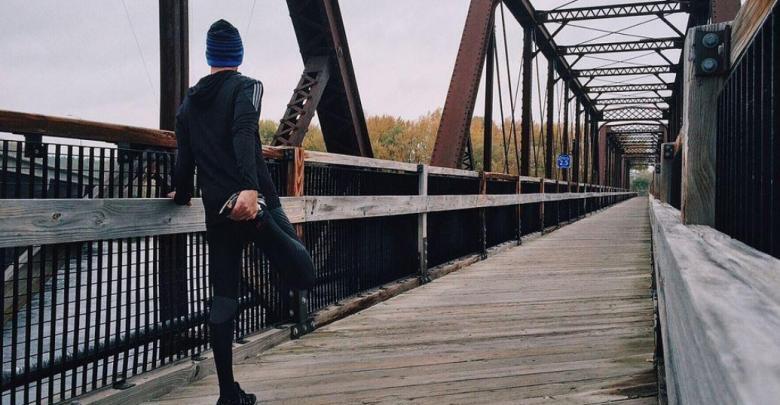How does the cold affect our muscles?
To maintain body temperature the blood vessels contract to bring more heat into the body

Our collaborator Dr. Gonzalo Mora of the clinic ITRAMED, gives us in this article a series of tips to be able to train in the best way in the winter months.
Our body, especially when we exercise, is prepared to function in " survival mode" But survival determines that the most important parts, such as brain and internal organs, they are provide before the heat even at the expense of the extremities.
For maintain that central temperature appropriately, the blood vessels intended to warm the skin and muscles of the arms and legs They contract to bring more heat to the inside of the body. The result is that we feel cold in the feet and in the hands and logically also decreases the temperature of the muscles of arms and legs.
It has been known for a long time, and all athletes have experienced it "in their own flesh", that the temperature influences the functioning of the muscles. To the increase the temperature also increases the Muscle shortening and relaxation speed and, therefore, that higher temperature defends them from injuries.
Several studies have confirmed that when the muscle temperature falls below 32 ° C, se it requires less energy to cause tears and injuries Muscular This leads us to recommend that, particularly in colder environments, we must ensure that the muscle temperature rises close to the levels of the core body temperature (about 36 degrees) before exercise, especially the high-speed exercise.
That is, we must ensure not only that the muscle groups we are going to use are well stretched, but also that all those muscle groups are heated to the core temperature in the pre-exercise routines.
Tips for training with cold
It will also be convenient to include the following two tips in cold conditions:
-Uses compression shorts or type "leggins" and compression shirts under the usual sportswear.
The first layer should be in direct contact with the skin, and made with a fabric that absorbs moisture so that the heat generated by the exercise can dissipate effectively. It will help to retain some of the heat generated and prevent the sweat from cooling us down.
- Increase the pace and speed gradually.
It takes time for the warm-up to reach the muscles, tendons and joints.
Dr. Gonzalo Mora, Specialist in Orthopedic Surgery and Traumatology. Expert in regenerative medicine applied to sports injuries. Director of the clinic ITRAMED.
Further information: https://itramed.com/
There are no previous results.




























